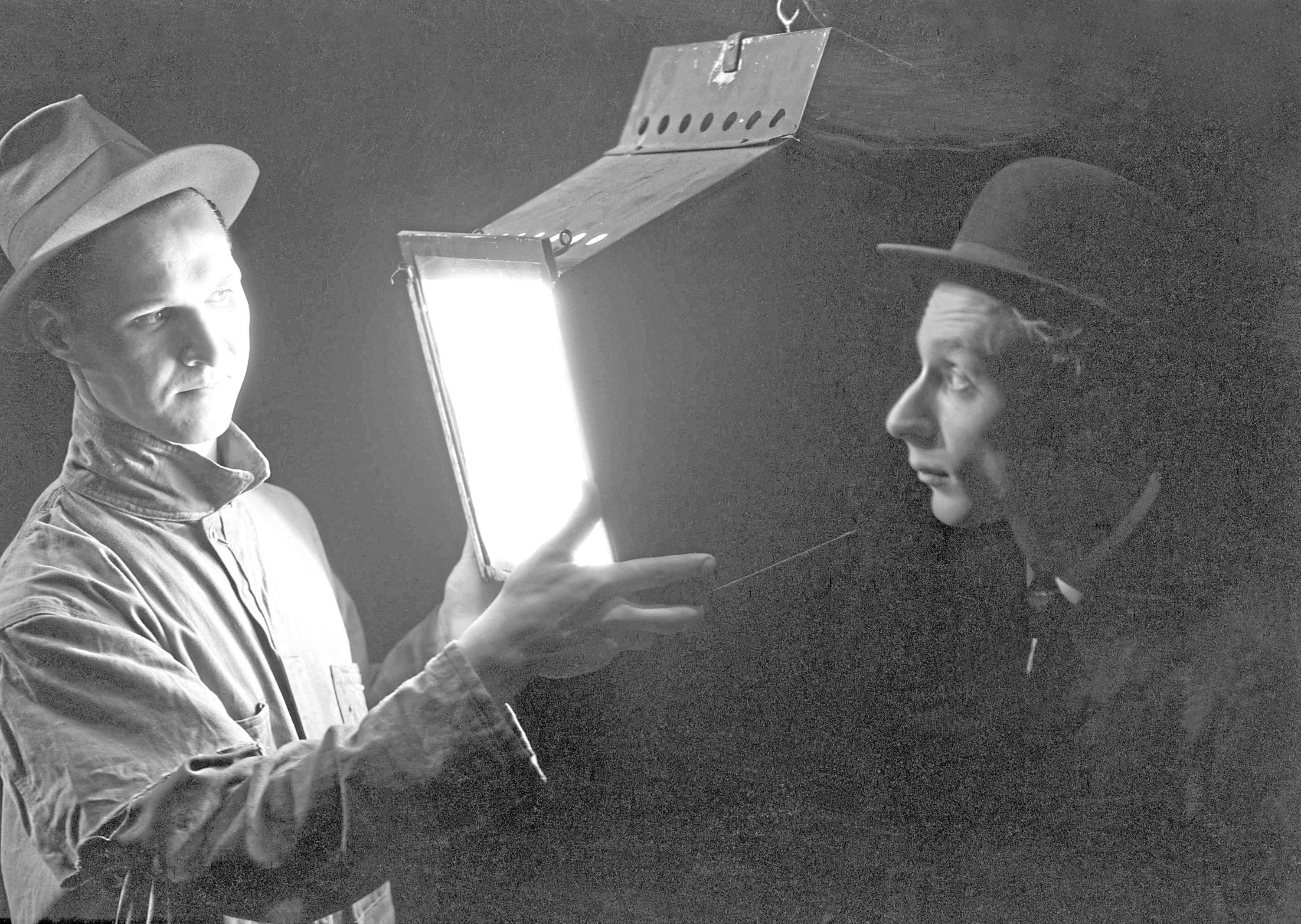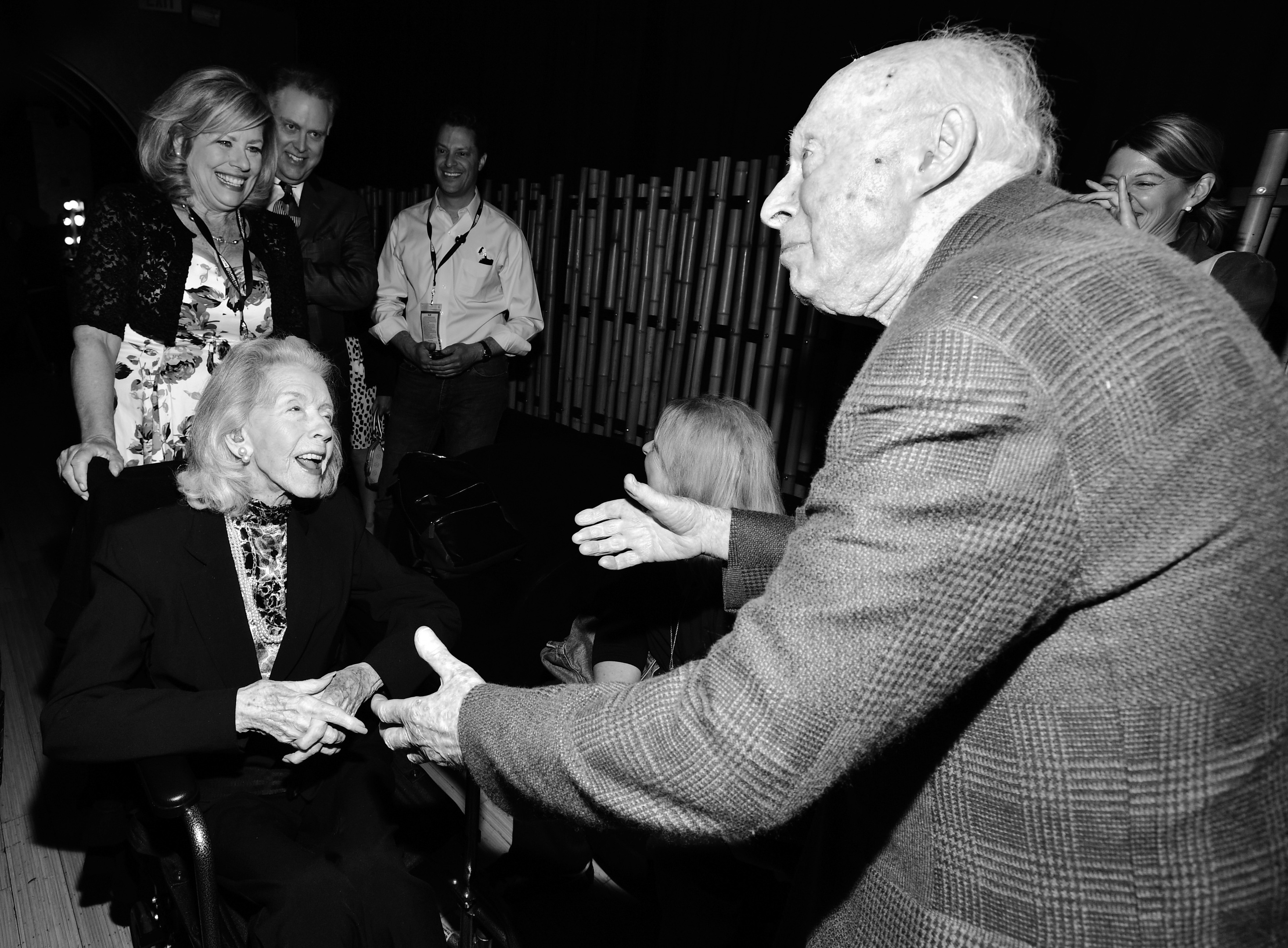
THERE are many Hollywood classic movies that have stood the test of time.
But there are also stars from the Golden Age who have done likewise, with many legends from that era still with us in their 90s, and several well over the age of 100.
The official list of stars from this period is defined as those who have had at least one credited role between the end of the Silent era and 1959.
Such as Norman Lloyd.
Now 103 and still working, New Jersey-born Norman has seen the film world from every possible angle and could write a whole series of books on Hollywood.
The oldest working actor in Tinseltown, he was appearing on screen during the Great Depression, produced Alfred Hitchcock Presents, worked closely with Orson Welles and popped up in everything from The Twilight Zone to Star Trek and Murder, She Wrote.
Somewhat ironically for a man who has been a giant of cinema for 86 years – he debuted in his teens – all Lloyd really wanted was to be a tennis champion.
Amongst opponents he regularly faced on the court were Spencer Tracy, Charlie Chaplin and Joseph Cotten. He was still playing tennis twice a week until the age of 100, when he had a fall.
“With the application and time I have devoted to it, I should have been a reigning World Champion,” he admitted ruefully. Instead, he had to make do with cinema.
He also had to give up driving at the age of 99, when his son finally insisting it was for his own good. Acting and directing and producing? He’ll continue doing those till his last breath.
At 104, Julie Gibson and Mary Carlisle are slightly older Golden Age stars, but there are few stars of any era who have done more than Mr Lloyd.
Born Norman Perlmutter, his father was a Brooklyn accountant, but his mother loved all things theatre and would take the boy along to singing and dancing lessons.
There was little to sing and dance about when the Depression came, and he watched his father die at just 55, “broken by the world that he was living in”.
Desperate to get out and help the family with any extra cash he could bring in, he did well with theatre work.
With his Jewish background, it was ironic that one of his film breakthroughs came with a convincing portrayal of a Nazi spy.
This was in Hitchcock’s Saboteur, in 1942, and it marked the start of a great friendship between the pair. In fact, when Lloyd’s career was under threat during America’s paranoid Blacklist era, it was Hitch who made him his associate producer and director to keep him in work.
Lloyd would also appear in Hitchcock’s Spellbound, and somehow managed to fit in a string of hit theatre shows at the same time.
That wasn’t enough, it seems, to keep him busy, and another big hit was Kraft Television Theatre.
Many Britons won’t have heard of this weekly show on US TV, but on that side of the Atlantic it was massive and became known for showing us some of the faces we’ve all come to know since. Names like James Dean, Jack Lemmon, Paul Newman, Anthony Perkins, Rod Steiger, Lee Remick and Grace Kelly.
For Lloyd, it was a chance to work alongside actors in the 40s and 50s who would become superstars in years to come.
By the time he got to produce and direct them, he already knew them inside out.
Kojak and Quincy ME were among many more TV hits he would appear in, but it was St Elsewhere that gave him a whole new generation of fans.
Lloyd would appear in it 132 times, as Dr Daniel Auschlander, one of those jobs that ends up lasting far, far longer than you thought it would.
Originally, they had planned to have him in it for just four episodes, and the character had been diagnosed with metastatic liver cancer at the start of the series, his long-term survival in serious doubt.
The longer the show went on, however, the more they seemed keen to keep Lloyd in it, and suddenly in later seasons the doctor was undergoing chemotherapy.
Justly proud of his long run on the show, he was irritated when he first heard about the chance to appear in Dead Poets Society, the 1989 Robin Williams movie that would be a massive hit.
He was annoyed because they wanted him to audition for it, and Lloyd quite reasonably felt they only had to look at him in St Elsewhere to work out whether he could do the movie or not.
Typically, it was after yet another tennis victory, in a good mood, that he agreed to audition and clinched the role.
Something Norman Lloyd brought to the table that wasn’t so obvious to fans was his good work between takes.
Many have remarked on how he could be “very inspirational between scenes, always cheering up everybody, and always smiles when he passed through”.
He was also a magnet for younger actors keen to hear his million stories of Hitchcock, Chaplin and the long list of giants he had known and worked with.
Peggy, his wife of 75 years, passed away in 2011.
They had two children together, one being the actress Josie Lloyd.
But for the remarkable Norman Lloyd, who has seen and done it all in theatre, TV and cinema, he just goes on and on.


Enjoy the convenience of having The Sunday Post delivered as a digital ePaper straight to your smartphone, tablet or computer.
Subscribe for only £5.49 a month and enjoy all the benefits of the printed paper as a digital replica.
Subscribe